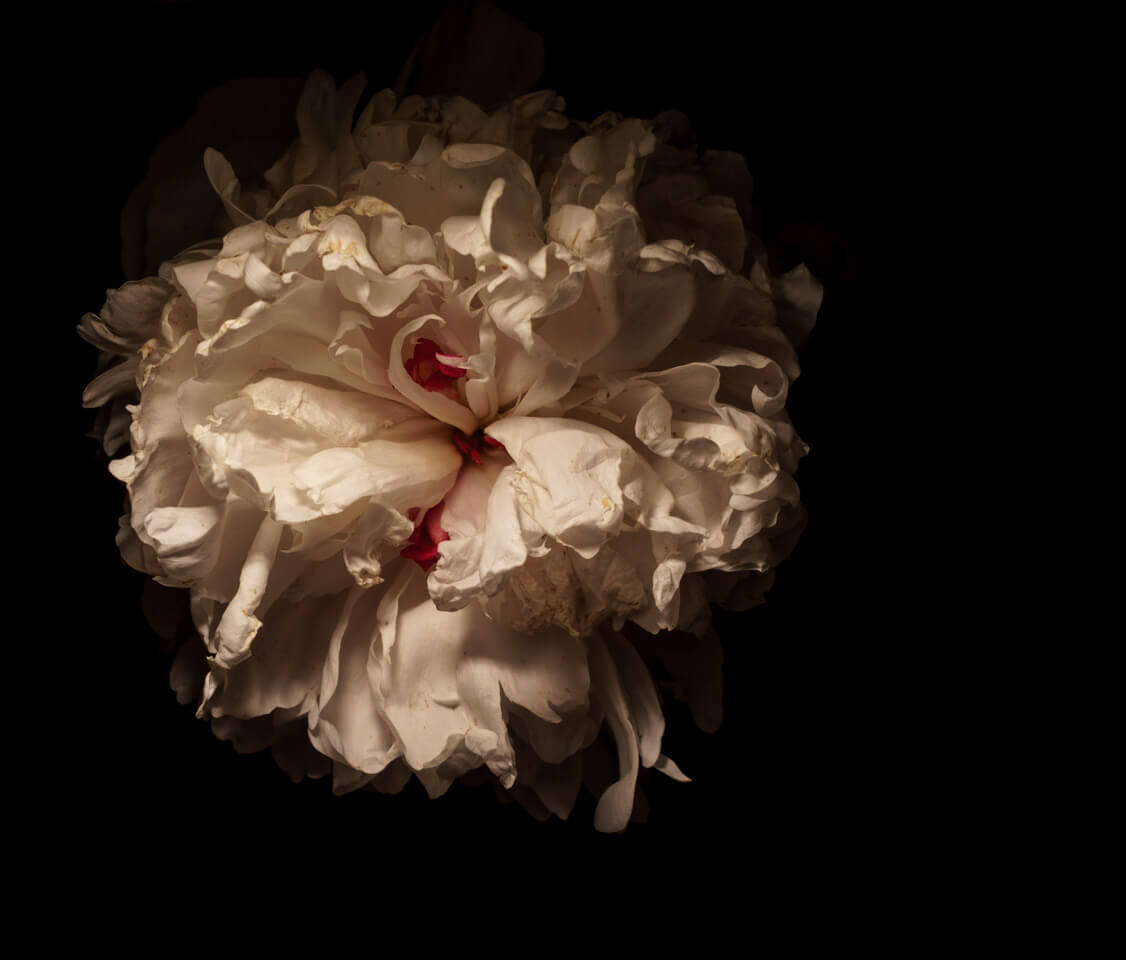Peonies at Nichols Arboretum
About the Garden
A Little About Peonies
The Low-Key Macro Technique
Into the Garden
Camera Info
Where is this?
Nichols Arboretum, 1610 Washington Hts. Ann Arbor, MI 48104
The garden is adjacent to the University of Michigan Medical Center & the Mott Children’s Hospital.













